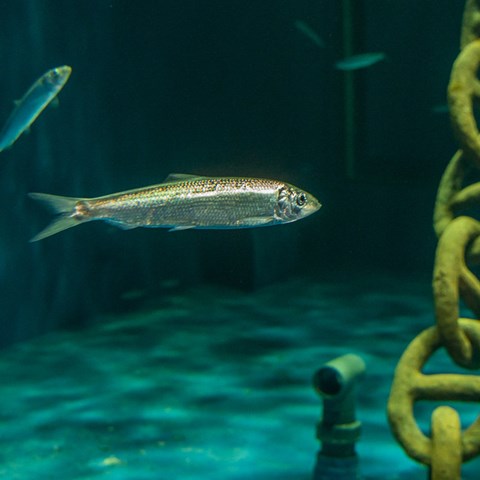Facts:
The project “Understanding the life histories of small pelagic fishes for knowledge-based management decisions and a healthier Baltic Sea environment” is carried out by SLU Aqua. The project received a grant of SEK 991,900 from BalticWaters’ program to fund research projects and pre-studies.
Other projects that have been granted funding through BalticWaters
The project 'Do parasites and hypoxia prevent a recovery of Eastern Baltic cod?' led by Ulf Bergström and Yvette Heimbrand at SLU Aqua has also been granted funding of 1 million SEK for the scientific part of the project.
